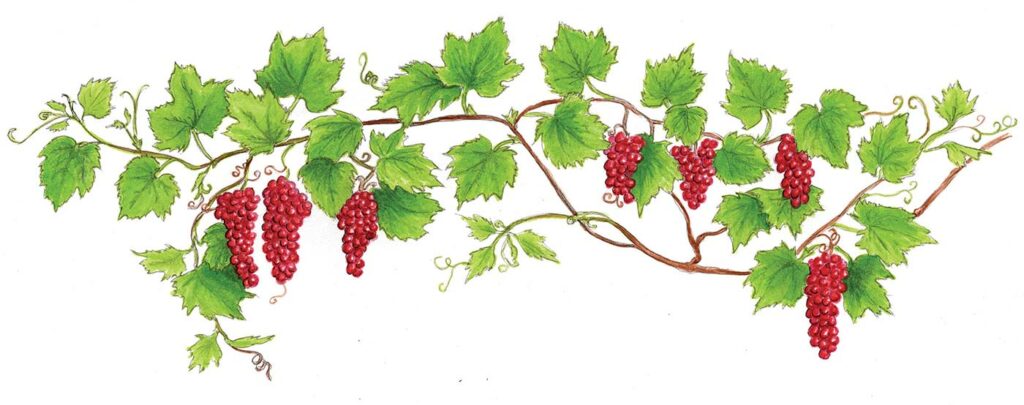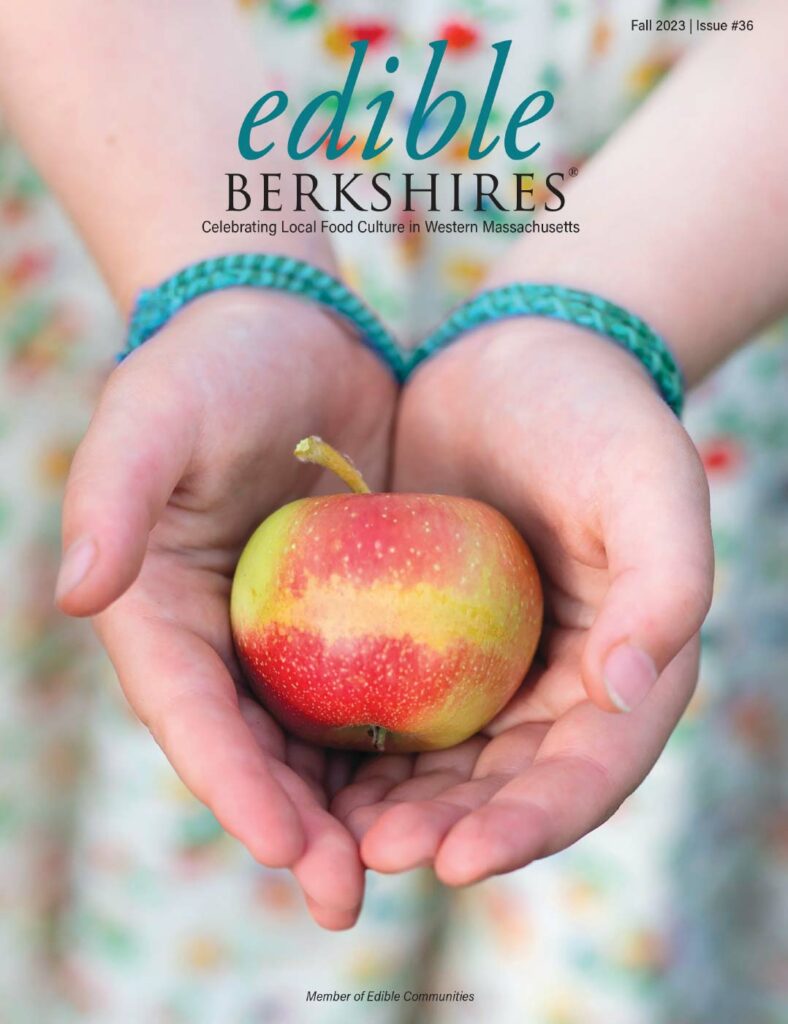
The famed Spanish chef José Andrés said, “Every time I open a bottle of wine, it is an amazing trip somewhere!” Today, I propose we go on a trip to discover lesser-known or forgotten wines.
Currently, 40% of the wine consumed in the United States is derived from just two grape types: Cabernet Sauvignon (red) and Chardonnay (white). These two grapes are popular for multiple reasons. They’re resilient to various weather conditions and altitudes, resistant to many diseases, and yield high quantities of wine. And they produce exceptionally flavorful and versatile wines that complement a wide range of foods.
But recently, driven by the desire to preserve biodiversity and the need to address concerns related to global warming, young winemakers have been reviving long-forgotten grape varieties, adopting innovative cultivation techniques for established grapes, and creating new hybrids to cater to evolving consumer preferences as they adapt to new “terroirs.”
As we enter the fall grape harvesting season, it is a great time to discover or rediscover lesser-known grape varieties. In addition, embracing these lesser-known grapes and wines helps contribute to the preservation of viticultural diversity and supports the efforts of these new winemakers who are working very hard to adapt to the challenges of our changing planet.
INSTEAD OF CHARDONNAY, TRY ALIGOTÉ OR VIOGNIER.
First stop on our Grape Adventure: Burgundy and the limestone hills of Bouzeron, a tiny village (population 200) of grey stone and redroofed medieval houses, famous for its Aligoté (pronounced alleygoat- EH), Chardonnay’s less famous, drier cousin. Aligoté had long been regarded as a simple, secondary grape, confined to crafting sparkling wines or blended with Crème de Cassis (black currant liqueur) to create the popular Kir aperitif. But Aligoté makes a wonderful wine, with higher acidity than Chardonnay, offering a sense of light freshness and fruitiness. With its golden color and aromas of peach, lemon, and white flowers, Aligoté pairs exceptionally well with the bounties of the sea and will make soft cow cheeses like Camembert or Brie a truly transcendental experience.
Thanks to this small French village, Aligoté is now successfully cultivated in various regions around the world, but particularly thrives in Oregon’s Willamette Valley, where the misty, foggy winters and the mildly warm summers are remarkably similar to the climate in Burgundy.
Now, let’s hop in a car and travel south on the French A7 Autoroute, meandering down the Rhône Valley, through the white stone terraced hillsides, to the small town of Condrieu, near Lyon, where 50 years ago, the last surviving 20 acres of Viognier (pronounced vee-own- YAY) vineyards were carefully tended.
Luckily, the past couple of decades witnessed a renewed interest in Viognier and its aromatic characteristics and flavors, with beautiful notes of apricot, peach, and honeysuckle. It produces full-bodied, rich wines with a luxurious texture and a hint of spiciness that pairs best with white meats like chicken, turkey, or pork, and mildly spicy dishes, such as shrimp cocktail or fish with saffron sauces, like bouillabaisse or cioppino.
Today, over 400,000 acres of Viognier vineyards can be found across all continents. In the United States, thanks to its climate and landscape similarities with the Rhône Valley, Paso Robles in California is a prime area for Viognier.
INSTEAD OF CABERNET SAUVIGNON, TRY SHIRAZ OR ZINFANDEL.
For our next stop, let’s go back on the French A7 Autoroute and drive further down the Rhône Valley to enter the rocky granite terroir of Crozes Hermitage and the Syrah/Shiraz territory.
Syrah and Shiraz are two names for the same grape variety. The name “Shiraz” is used in Australia, while the rest of the world refers to it as “Syrah.” However, in recent years, winemakers, particularly in the Americas, have used those two names to indicate two distinctive styles of wine.
Recently, driven by the desire to preserve biodiversity and the need to address concerns related to global warming, young winemakers have been reviving long-forgotten grape varieties, adopting innovative cultivation techniques for established grapes, and creating new hybrids to cater to evolving consumer preferences as they adapt to new “terroirs.”
“Shiraz” on a wine label will indicate a bold, spicy, and robust Australian-style Syrah wine, with aromas of pepper and black fruits, making them well-suited for pairing with barbecue dishes and strong meats like lamb or beef. “Shiraz” wines are typically produced in warmer climates with easy winters, such as Australia, California, Spain, or Argentina. On the other hand, “Syrah” on the label will give you a French-style wine, lighter, smoother, and more fruit-forward, with less emphasis on spiciness—the type of wine made in cooler regions such as the Rhône Valley, Washington state, or Chile. With hints of sweet red fruits, plum, and cinnamon, they pair well with grilled beef or goat cheese on a fall day. For the final leg of our grape adventure, let’s hop on a plane and fly to the U.S. West Coast to discover, or rediscover, the Zinfandel! This blueish-black iconic California grape produces a highly versatile wine that offers a range of flavors, from light and fruity whites and rosés to bold and intensely colored reds.
Brought from Italy and Croatia in the Gold Rush prospectors’ baggage, Zinfandel has thrived in California’s warm days and cool nights. For the best experience with California red Zinfandels, look for “Old Vines” on the labels. These grapevines are over 50 years old and must struggle to produce grapes. As a result, they yield wines that can be intense, complex, and compelling. But the “terroir” is important. For example, the red Zinfandels from the sun-drenched California southern growing regions, like Paso Robles, halfway between Los Angeles and San Francisco, will be bright, rugged, and boldly flavored. In contrast, the red Zinfandels from the Russian River Valley, 75 miles north of San Francisco, cooled by the nearby ocean and higher elevation will feel more elegant, more structured.
As I mentioned in my last column, the principle of “what grows together goes together” applies here too. Old vines red Zinfandel, with cranberry, blackberry, cinnamon, and anise aromas, pairs wonderfully with mildly spicy foods such as Mexican traditional mole-sauced dishes or richly seasoned Tex-Mex fare.
So, let’s raise a glass to your own grape adventures!







